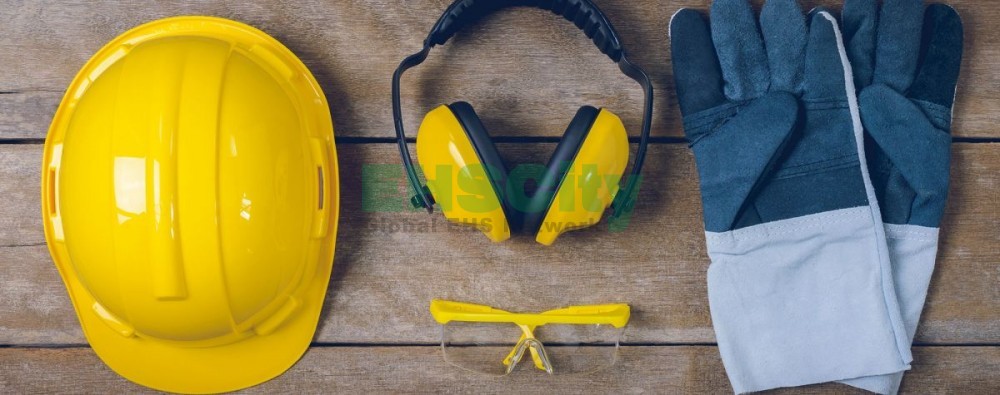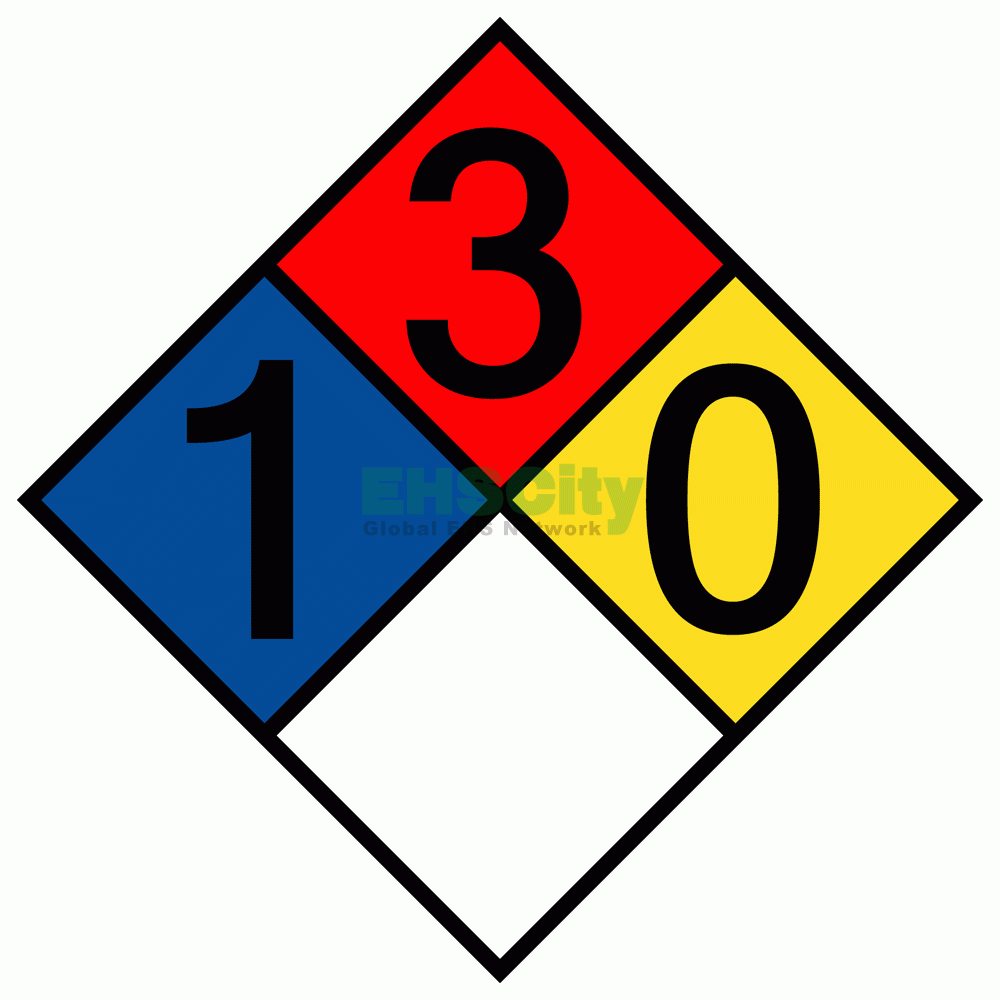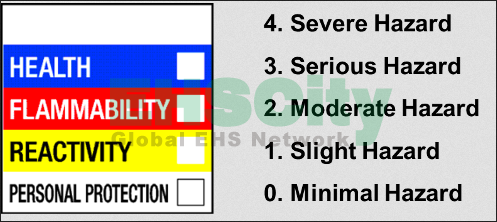
1. Can you explain the different classes and types of first aid kits under the revised American National Standards Institute (ANSI) / International Safety Equipment Association (ISEA) standard?
The revised standards are pretty simple. First, there are two classes:
A. Class A kits are designed to handle the most common types of workplace injuries (think minor lacerations or contusions)
B. Class B kits are designed to handle injuries in high-risk and more complex environments (think exposure to chemicals, high/low temperatures, and moving parts)
Then, there are four types of kits, which help designate the portability and durability of the kit:
| Indoor/Outdoor | Mountable | Portable | Water-resistant | Highly-durable | |
|---|---|---|---|---|---|
| Type I | Indoor | X | |||
| Type II | Indoor | X | |||
| Type III | Mixed Use | X | X | X | |
| Type IV | Outdoor | X | X | X |
The ANSI Guidelines can be found here.
The OSHA Guidelines can be found here.
2. What is the difference between a 2-way and a 3-way confined space retrieval winch?
This one is easier than it sounds: 2-way winches are designed to continuously lower and raise equipment and personnel in and out of enclosed spaces.
3-way winches are designed with a specific purpose in mind: personal safety. While a 3-way winch can help to raise and lower equipment and personnel, they’re designed to hoist incapacitated workers out of enclosed spaces. Also, 3-way winches are often equipped with automatic brakes that engage when users slip or fall.
3. What are the secondary container labeling requirements under the Globally Harmonized System of Classification and Labelling of Chemicals (GHS) standard?
While the standards for primary shipping containers have recently been updated, OSHA still accepts employer-created secondary labels. According to OSHA, these labels:
- Can use words, pictures, symbols, or a combination
- Provide information regarding the hazards of the chemicals
- Give employees specific information regarding the health hazards of the chemical
These guidelines are pretty general, so here are a few examples of what OSHA accepts for secondary labels:
NPFA 704

HMIS

4. How do I determine what respirator size I need?
The only way to be sure your respirator is the right size is to perform an OSHA-required test. But that isn’t very helpful if you’ve never bought a respirator before and are unsure what size to purchase.
Most respirators come in 3 sizes: small, medium, and large. By design, most people will fit into a medium-sized respirator. Unless the user is significantly larger or smaller than the norm, it’s likely they’ll fit into a medium.
Guide on how to make sure your respirator fits.
5. What gloves are appropriate for protection from acid?
There’s no one-size-fits-all answer to this question. There are so many different kinds of acids in so many different concentrations and solutions that any one answer can’t cover all the applications.
To ensure you end up with the right protection for the right job, you should work directly with your personal protective equipment vendor and discuss the names of the chemicals, their components, and concentration levels before you make a purchase.
6. Which respirator cartridge should I use when painting? What about protection from mold?
It’s always best to consult your paint’s SDS and to conduct air monitoring to ensure you’re purchasing the correct chemical cartridge. By consulting the SDS, you can identify the hazardous chemical(s) in the paint. Air monitoring will determine the concentration levels of hazardous chemicals. once you identify and quantify the concentration levels of the hazardous components in the paint, you can determine the correct type of chemical cartridges to use. While chemical cartridge filters might be enough for an outdoor paint job, painting within a confined space requires consideration of other hazards such as lack of oxygen that require additional protection beyond what chemical cartridge respirators offer.
Although OSHA has no thresholds for mold exposure, when dealing with mold, N-95 disposable respirators are recommended at a minimum.
Guide on the basics of respiratory protection.
7. Can I use different manufacturer’s fall protection equipment together?
Purchasing an entire system from one vendor will allow you to ensure that lanyards, connectors, lifelines, deceleration devices, and harnesses are all compatible. Although it’s possible to assemble a complete system from multiple vendors, always use the utmost caution when assembling and evaluating any fall arrest system. If you can’t ensure your team has sufficient expertise to mix and match equipment sets, you should definitely stick with a single vendor.
Pros: Using a single brand can be advantageous if legal issues arise from an accident
Cons: Purchasing an entire fall arrest system from a single vendor can be considerably more expensive than piecemeal equipment purchases
8. What is the difference between a “bump test” and a “calibration” for an air monitor?
This one is pretty simple:
Bump test – Tests for functionality. If the gas is there, the alarm will go off. These should be done daily to ensure the monitor is doing its job.
Calibration test – Tests for accuracy. If the gas is there—in a high enough concentration—the alarm will go off. Calibration tests don’t need to happen as often but should still be a part of routine maintenance.
9. What does the date stamp on my electrical rated rubber insulating gloves mean?
That stamp indicates when the glove was electrically tested. Your gloves should be tested every six months after the stamped date. Ensure that no insulated gloves are put into service unless they’ve been electrically tested before service and within the last 12 months.
10. Do I need leather protector gloves over my electrical rated rubber insulating gloves and if so, what length glove should I get?
The short answer is yes. You need leather gloves over your insulating rubber gloves. The only exceptions are when manual dexterity or small part manipulation are required.
For length, the insulating glove cuff must be longer than the leather protector glove cuff. Here are the OSHA requirements for the length of the rubber glove cuff:
Class 0 and 00 Gloves – 1/2”
Class 1 Gloves – 1”
Class 2 Gloves – 2”
Class 3 Gloves – 3”
Class 4 Gloves – 4”
Our top 10 safety questions from 2015 are covered here.
*The information provided is intended for general purposes only. It is not a substitute for review of product information and instructions, or applicable government regulations or industry standards, and should not be construed as legal advice or opinion.



